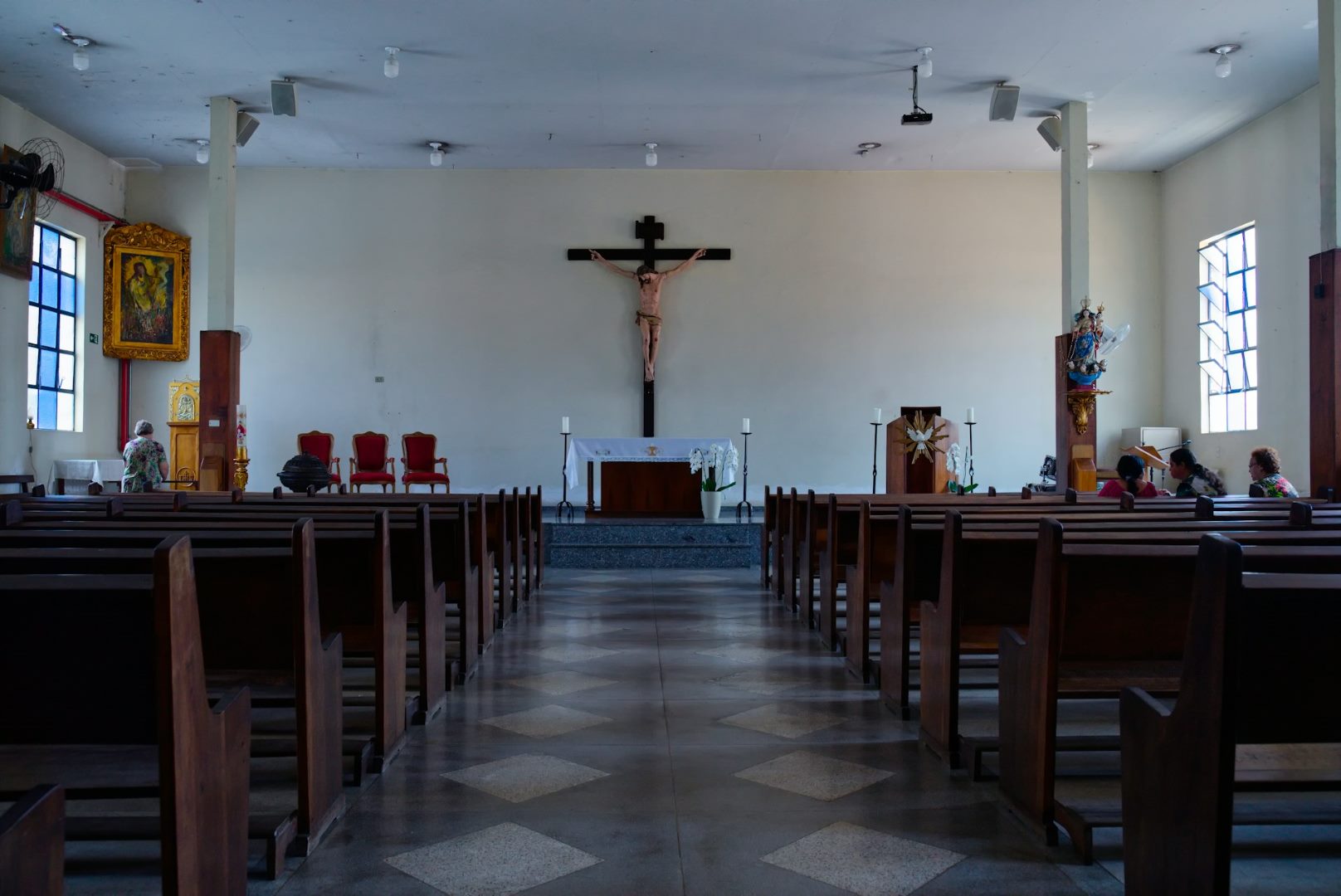Introduction
St Paul’s Cathedral, an iconic landmark in London, England, stands as a testament to architectural ingenuity and religious significance. This grandeur cathedral has been a centerpiece of the city’s skyline for centuries, attracting visitors from around the world who marvel at its magnificence and historical importance.
History and Architecture
Early Beginnings
The origins of St Paul’s can be traced back to the 7th century when a wooden church was built on the site. Over the centuries, subsequent churches were constructed, each expanding and embellishing the original structure.
The Great Fire of London
In 1666, the Great Fire of London devastated much of the city, including the medieval St Paul’s. The current cathedral was designed by Sir Christopher Wren as part of the rebuilding efforts after the fire.
Wren’s Masterpiece
Wren’s Baroque masterpiece took over 30 years to complete and reflects his brilliance as an architect. The cathedral features a massive dome, supported by a complex system of arches and vaults. The exterior is adorned with intricate carvings, sculptures, and a colonnaded portico.
Key Features
The Dome
The centerpiece of St Paul’s is the majestic dome, the second largest in the world. It soars to a height of 365 feet and is supported by 32 giant columns. The interior of the dome is adorned with stunning mosaics depicting scenes from the life of Christ.
The Nave and Choir
The vast nave and choir form the central space of the cathedral. The nave is lined with massive pillars that support the vaulted ceiling. The choir features ornate carvings and a stunning gold-plated organ.
The Crypt
Beneath the cathedral lies the extensive crypt, where visitors can explore the remains of previous churches and see the tombs of notable figures, including Admiral Lord Nelson.
Spiritual Significance
St Paul’s has been an important center of religious life for centuries. It is the seat of the Bishop of London and serves as the mother church of the Diocese of London.
- Worship and Ceremonies: St Paul’s hosts regular services, including daily prayers, Eucharist, and special ceremonies such as confirmations and ordinations.
- Baptisms and Marriages: The cathedral is a popular venue for baptisms and marriages, continuing its tradition as a sacred space for significant life events.
- Pilgrimage and Tourism: St Paul’s attracts numerous pilgrims and tourists from around the world who come to marvel at its architectural beauty and spiritual significance.
Visiting St Paul’s
Visiting St Paul’s is an unforgettable experience. Here are some tips for planning your visit:
- Book Tickets in Advance: To avoid queues, it is recommended to book tickets online in advance.
- Choose the Right Time: Visit during off-peak hours or early mornings to avoid crowds.
- Explore the Crypt: Don’t miss the opportunity to visit the fascinating crypt, which houses tombs and archaeological remains.
- Attend a Service: If possible, attend one of the regular services to experience the spiritual ambiance of the cathedral.
Conclusion
St Paul’s Cathedral is a captivating symbol of London’s rich history and architectural splendor. Its awe-inspiring dome, magnificent interior, and spiritual significance make it a must-visit destination for anyone seeking to uncover the cultural and religious heritage of the city. Whether you are a devout believer, an architecture enthusiast, or simply curious about the wonders of the world, St Paul’s offers an unforgettable experience that will leave a lasting impression.



